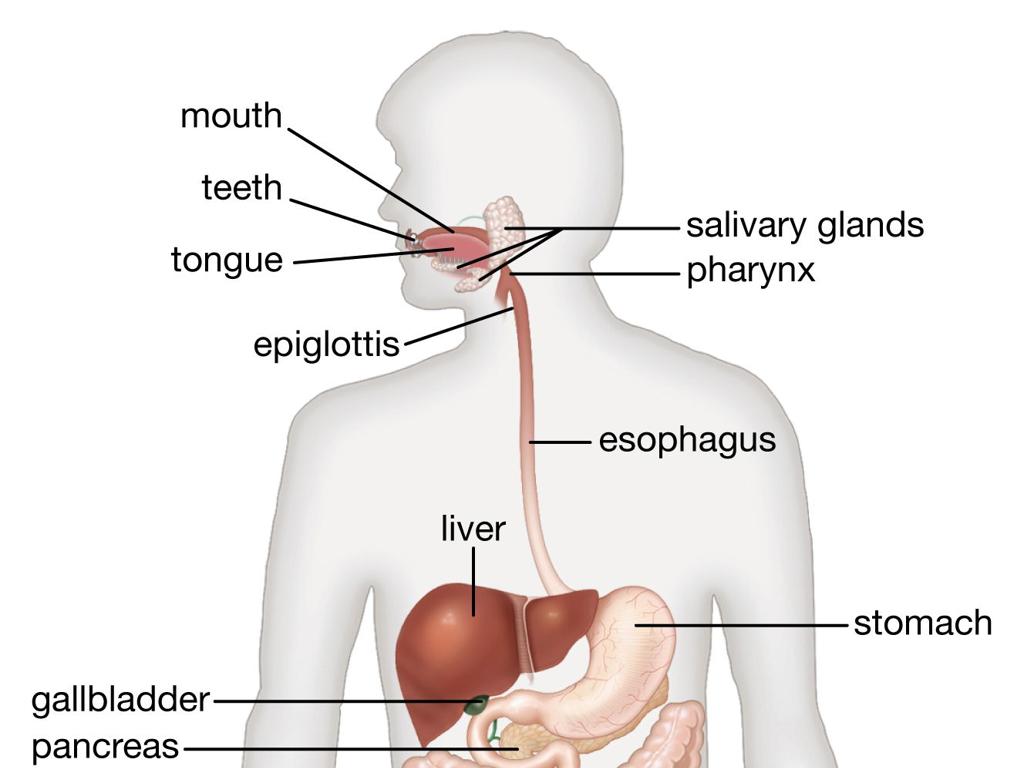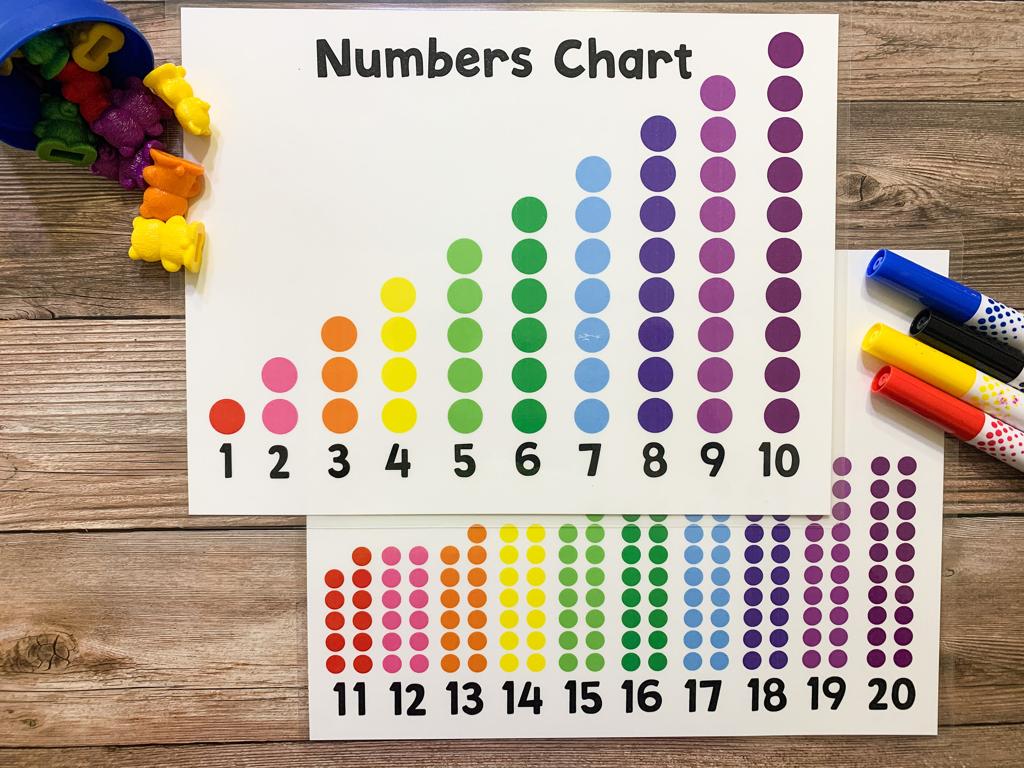Identify Functions Of Plant Cell Parts
Subject: Science
Grade: Seventh grade
Topic: Cells
Please LOG IN to download the presentation. Access is available to registered users only.
View More Content
Exploring Plant Cell Functions
– Plant cells: life’s building blocks
– Basic units of life, making up all plants
– Unique features of plant cells
– Cell wall & chloroplasts distinguish them from animal cells
– Functions of key cell parts
– Chloroplasts for photosynthesis, vacuoles for storage, etc.
– Importance in ecosystems
|
This slide introduces students to the fundamental aspects of plant cells, emphasizing their role as the building blocks of life. Highlight the unique characteristics that set plant cells apart from animal cells, such as the presence of a cell wall and chloroplasts. Discuss the functions of various cell parts, including chloroplasts for photosynthesis, vacuoles for storage, and the cell wall for structure and support. Explain how these functions contribute to the plant’s survival and its role within the broader ecosystem. Encourage students to think about how each part of the cell contributes to the plant’s overall function and health.
Exploring the Building Blocks of Life: Cells
– Define a cell
– Basic structural unit of all organisms.
– Cells: The smallest life units
– Plant vs. Animal cells
– Highlight differences in structure and function.
– Overview of plant cell functions
– Photosynthesis, storage, and structure.
|
This slide introduces the concept of cells as the fundamental unit of life. Begin with a definition of a cell, emphasizing its role as the smallest unit that can carry out all processes necessary for life. Highlight the distinction between plant and animal cells, noting the unique features of plant cells such as the cell wall and chloroplasts. Discuss the various functions of plant cell parts, such as chloroplasts for photosynthesis, vacuoles for storage, and the cell wall for maintaining structure and support. This sets the stage for a deeper dive into the specific parts of a plant cell and their roles in the next slides.
Exploring Plant Cell Parts and Their Functions
– Identify plant cell parts
– Cell Wall: Structure and protection
– Rigid layer that supports and protects the cell
– Nucleus: Control center
– Contains DNA, directs cell functions
– Cytoplasm: Cellular activities
– Gel-like substance where organelles are found
|
This slide aims to introduce students to the various components of a plant cell and their respective functions. Start by explaining that just like different organs in our body perform different functions, each part of a plant cell has a specific role. The cell wall provides structural support and protection, distinguishing plant cells from animal cells. The nucleus acts as the brain of the cell, housing genetic material and overseeing cell growth, metabolism, and reproduction. The cytoplasm is the site of many cellular processes. Encourage students to think of the cell as a mini-city, with each part performing a vital role to keep the city functioning. In the next class, we will delve deeper into other parts like the cell membrane, mitochondria, and chloroplasts.
The Plant Cell Wall: Structure and Function
– What is the Cell Wall?
– A rigid layer that surrounds plant cells
– Cell Wall’s protective role
– It acts as a barrier against pathogens and physical damage
– Cell Wall vs. Cell Membrane
– The Cell Wall is rigid and external, while the Cell Membrane is flexible and internal
– Structural support function
– Maintains the cell’s shape and prevents it from bursting in hypotonic solutions
|
This slide aims to introduce students to the concept of the cell wall in plant cells. The cell wall is a crucial component that provides structural support and protection. It is made of cellulose and differs from the cell membrane in both structure and function. While the cell wall is rigid and provides shape, the cell membrane is more flexible and controls the movement of substances in and out of the cell. Understanding the difference between these two components is essential for grasping how plant cells interact with their environment and maintain their integrity. Encourage students to think about how the cell wall’s properties are similar to a suit of armor for the cell, offering a relatable analogy.
Chloroplasts – The Kitchen of the Cell
– Chloroplasts’ role in photosynthesis
– Chloroplasts contain chlorophyll, which absorbs sunlight to make food through photosynthesis.
– How chloroplasts produce food
– They convert carbon dioxide and water into glucose, a type of sugar that plants use for energy.
– Sunlight’s role in food creation
– Without sunlight, chloroplasts cannot perform photosynthesis, which is crucial for plant survival.
– Significance of chloroplasts for plants
– Chloroplasts are essential for plant growth, as they provide the energy needed for other cellular functions.
|
This slide introduces students to the concept of chloroplasts as an integral part of plant cells, often referred to as the ‘kitchen’ because they are where food is made. Chloroplasts use the process of photosynthesis to convert light energy from the sun into chemical energy in the form of glucose. Emphasize the importance of sunlight in this process and how without it, plants would not be able to produce the energy they need to grow and thrive. Discuss the broader implications of photosynthesis, including its role in the oxygen production and the food chain. Encourage students to think about how this process supports life on Earth.
The Nucleus: The Control Center of Plant Cells
– Functions of the nucleus
– The nucleus directs cell growth, metabolism, and reproduction
– Nucleus houses DNA
– DNA within the nucleus holds the genetic blueprint of the plant
– Regulates cell activities
– It controls when cells divide and how they function
|
The nucleus is often referred to as the ‘brain’ of the plant cell due to its crucial role in controlling cell functions. It contains the cell’s DNA, which determines the plant’s characteristics and directs all cellular activities. By regulating gene expression, the nucleus is responsible for the growth, development, and reproduction of the cell. During the class, students can be asked to compare the function of the nucleus to a school principal’s role in managing school operations. This analogy can help them understand the concept of cellular regulation and the importance of the nucleus in maintaining the life and functionality of the plant cell.
Mitochondria – The Powerhouse of the Cell
– Mitochondria’s role in energy
Converts nutrients into energy the cell can use.
– Respiration process in cells
Oxygen and glucose are turned into energy, water, and carbon dioxide.
– Mitochondria vs. Chloroplasts
Mitochondria create energy; chloroplasts enable photosynthesis.
– Significance for plant cells
|
This slide focuses on the mitochondria, often referred to as the powerhouse of the cell due to its role in energy production. Students should understand that mitochondria convert the energy stored in glucose into ATP (adenosine triphosphate), the cell’s usable energy form, through the process of cellular respiration. It’s important to compare and contrast mitochondria with chloroplasts, which are also involved in energy transformation but through photosynthesis, a process unique to plant cells and some algae. Emphasize that while both organelles are involved in energy, their functions are distinct yet complementary within plant cells. Encourage students to think about the importance of energy in cells and how these organelles contribute to the life of the cell.
Vacuoles – Storage Bins of the Cell
– What are Vacuoles?
– Vacuoles are membrane-bound sacs within cells.
– Store nutrients and waste
– They hold materials like food, water, and waste.
– Central vacuole in plants
– Plant cells have a large central vacuole dominating the cell’s interior.
– Significance for plant cells
– This structure maintains cell pressure and stores important molecules.
|
Vacuoles play a critical role in the function of plant cells. They are like storage bins, holding onto various substances that the cell might need to survive or get rid of. The large central vacuole is particularly important in plant cells, as it helps maintain the structure of the plant by keeping the cell rigid, which is crucial for supporting the plant’s weight. Additionally, it stores nutrients and waste products, keeping the rest of the cell free from clutter. During the presentation, emphasize the importance of the central vacuole in maintaining plant cell health and overall plant vitality.
Plant Cell Functions: A Comprehensive Review
– Review plant cell part functions
– Recap: nucleus controls, chloroplasts create energy, cell wall provides structure.
– How cell parts interconnect
– Like a team, each part performs tasks that support the others.
– Each part’s role in survival
– Without one, like mitochondria for energy, the cell cannot function.
– Significance of cellular harmony
|
This slide aims to consolidate students’ understanding of plant cell parts and their functions. Begin with a review of each part, such as the nucleus acting as the control center, chloroplasts enabling photosynthesis, and the cell wall providing structural support. Emphasize the interdependence of these parts, drawing analogies to a team where each member has a vital role. Highlight the importance of each component, such as mitochondria for energy conversion, and how the absence of any part can lead to the cell’s demise. Encourage students to think of the cell as a mini-ecosystem, where balance and cooperation are key to survival. This holistic view helps students appreciate the complexity and beauty of life at the cellular level.
Class Activity: Build a Plant Cell Model
– Gather materials: clay, beads, string, labels
– Follow 3D model creation instructions
– Identify each plant cell part
Cell wall, chloroplast, vacuole, nucleus, etc.
– Label each part on your model
Use labels to mark each structure on your clay model.
|
This hands-on activity is designed to help students learn about the structure of plant cells by building their own 3D models. Provide students with clay to form the base of the cell, beads to represent organelles like mitochondria and chloroplasts, string to illustrate the endoplasmic reticulum, and labels for identifying each part. Walk them through the process of assembling their model, ensuring they understand the function of each cell component as they work. Encourage creativity but also accuracy in their representations. After completing the models, have students present their cell and explain the function of each part. This will reinforce their understanding and help them remember the information. Possible variations of the activity could include using different materials for organelles or working in groups to create larger models.






